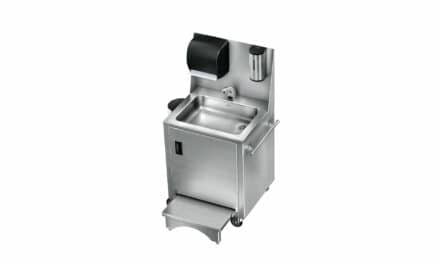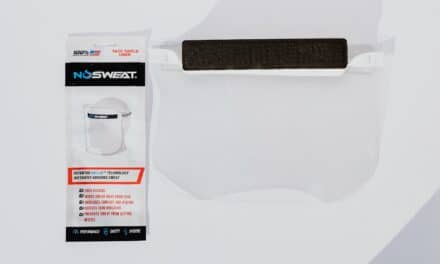The CDC alerted dental professionals of a bacterial infection outbreak spread through dental water lines that has been affecting pediatric dentists.
The Centers for Disease Control and Prevention recently issued a health advisory related to bacterial infections associated with dental unit waterlines.
Specifically, the CDC advised dental healthcare personnel to follow established recommendations to protect patients from the nontuberculous Mycobacteria (NTM) outbreak.
While rare, there have been multiple documented cases of disease transmission from dental unit waterlines.
The largest outbreaks have occurred in pediatric dental clinics among children who had a pulpotomy procedure. These outbreaks have involved young children, with many experiencing severe infections requiring hospitalization, antibiotics treatment, and surgical procedures.
Complications from their treatment included permanent tooth loss, hearing loss, facial nerve palsy, and incision fibrosis.
Dental unit waterlines promote bacterial growth and development of biofilm, thus all dental unit waterlines must be treated regularly with chemical germicides.
Untreated dental units cannot reliably produce water that meets drinking water standards (which is fewer than 500 CFU/mL of water of heterotrophic water bacteria). Even if a practice uses low microbial water, such as distilled or sterile water, to fill up a self-contained water bottle system, practices must still regularly treat the waterlines with chemical germicides to eliminate bacterial contamination.
The health advisory contains recommendations and a list of resources to learn more information. Some key recommendations include:
- Use water that meets Environmental Protection Agency (EPA) regulatory standards for drinking water (i.e., ≤500 colony forming units (CFU)/mL of heterotrophic water bacteria) for all non-surgical dental treatment output water.
- Consult with the dental unit manufacturer for appropriate methods and equipment to maintain the quality of dental water.
- Follow recommendations for monitoring water quality provided by the manufacturer of the unit or water line treatment product.
- Use sterile saline or sterile water as a coolant / irrigant for surgical procedures.
- Consider irrigating with a sterile and/or antimicrobial solution during all non-surgical pulpal therapy/endodontic procedures.
- Provide staff training on how to properly maintain and monitor dental water quality.
Dental personnel are advised to regularly consult their state dental boards and state or local health departments for current information and recommendations and requirements specific to their jurisdictions.
Photo 147633017 © Vivilweb | Dreamstime.com










